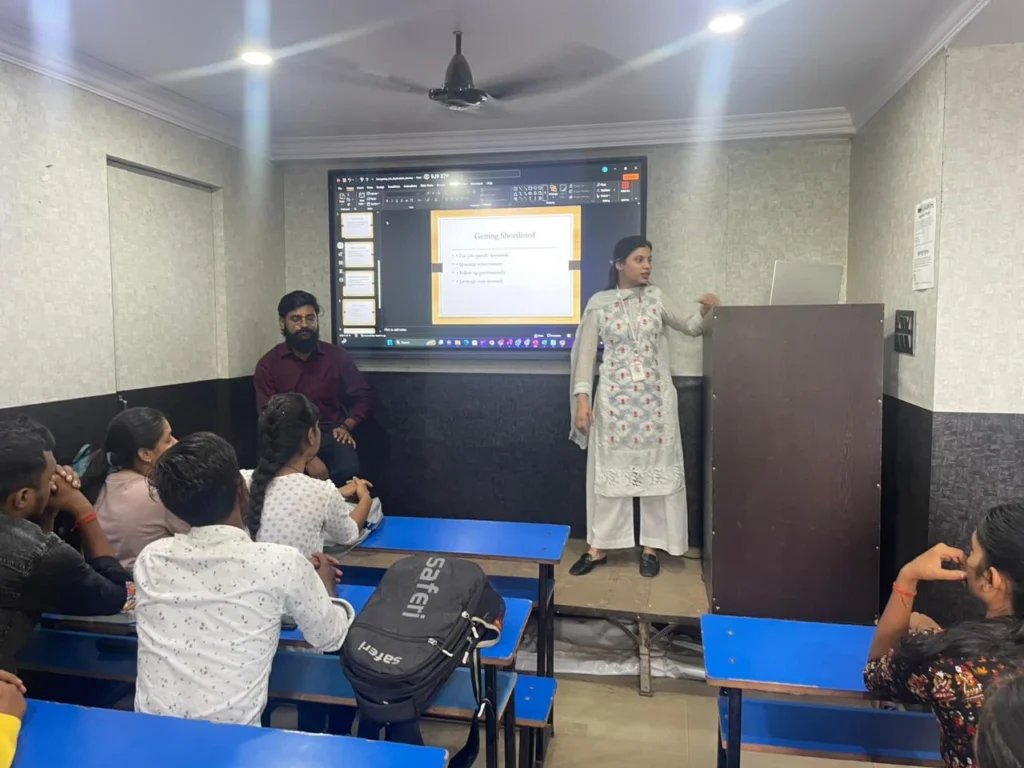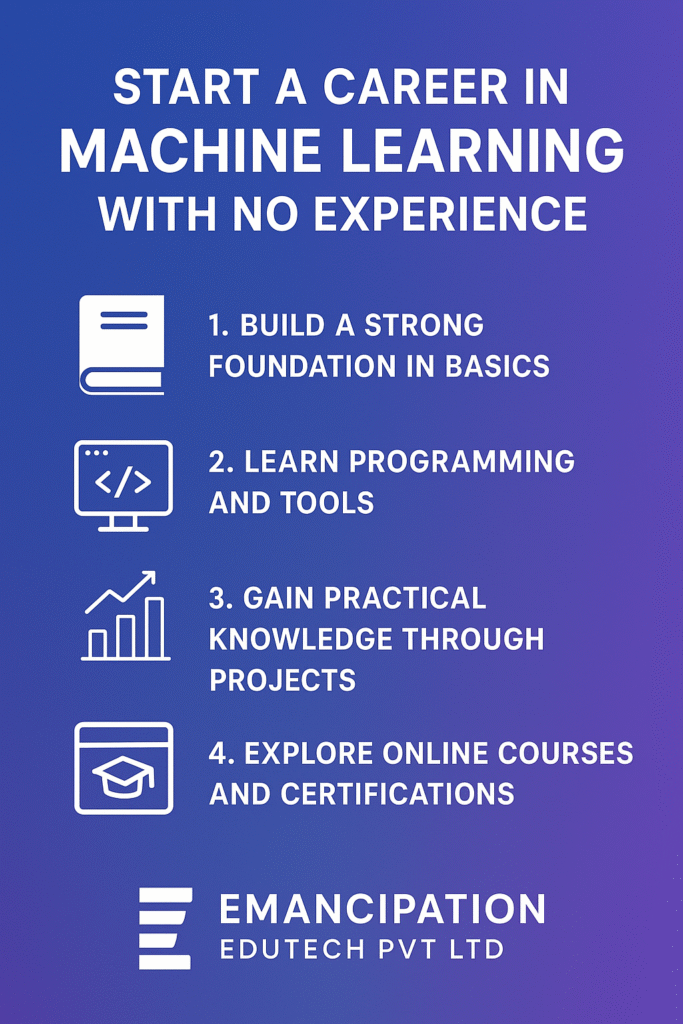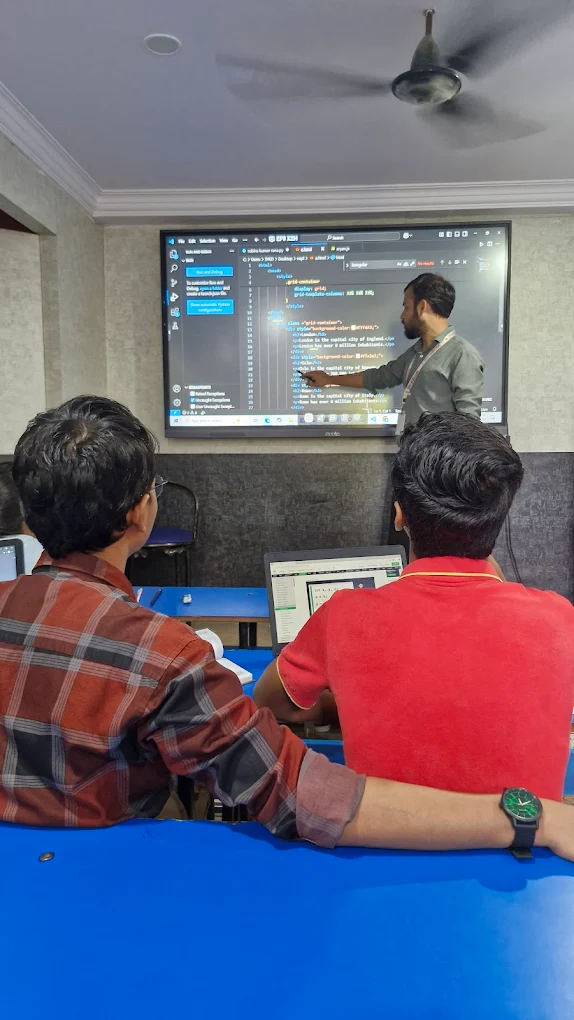How to Automate Daily Tasks Using Python
How to Automate Daily Tasks Using Python Learn from the Best Python Training Center in Ranchi — Emancipation Edutech Pvt. Ltd. In today’s digital age, automation has become a key skill for saving time and improving productivity. From sending emails to organizing files and managing data, Python makes it simple to automate repetitive tasks efficiently. Whether you’re a student, working professional, or entrepreneur, learning Python automation can transform the way you handle your daily activities. If you’re in Ranchi and want to master Python automation practically, Emancipation Edutech Pvt. Ltd. at Plaza Chowk, Lalpur is one of the top-rated training centers to help you become an automation expert. Why Python for Automation? Python is one of the most powerful and beginner-friendly programming languages. It’s open-source, easy to understand, and has thousands of libraries that simplify automation. Here’s why it’s the first choice for automation: Real-Life Tasks You Can Automate Using Python Let’s explore some common daily tasks that Python can handle automatically with just a few lines of code. 1. File and Folder Management Do you spend time organizing documents, images, and downloads? Python’s os and shutil libraries can rename, move, or delete files automatically. This small script can save hours of manual file sorting every month. 2. Automating Emails and Reports With Python’s smtplib and email libraries, you can send daily or weekly reports automatically. Imagine sending attendance, sales, or status reports to your team without opening Gmail! You can even attach files and schedule emails to be sent at specific times using the schedule module. 3. Web Scraping for Information Want to extract prices, weather data, or news updates automatically? Python libraries like BeautifulSoup and requests let you scrape data from websites easily. Example: Get the latest gold price or cricket scores every morning and display them on your desktop! 4. Automating Excel and Data Entry Tasks If you work with Excel or Google Sheets, you can use openpyxl or pandas to automate data entry, calculations, and report generation.For instance, create automated salary slips or monthly reports with just one click. 5. Browser Automation With Selenium, Python can open browsers, log in to websites, fill out forms, and even perform social media posting automatically. This is great for digital marketers, HR professionals, or freelancers who handle repetitive online work daily. 6. PDF and Image Automation Python’s PyPDF2 and Pillow libraries can merge PDFs, watermark documents, or resize images — all automatically. Perfect for students or offices that deal with a lot of paperwork. Benefits of Learning Python Automation Learning these skills opens doors to roles like Python Developer, Data Analyst, Automation Engineer, or AI Developer. Learn Automation from Experts in Ranchi — Emancipation Edutech Pvt. Ltd. If you’re serious about mastering Python and automation, join Emancipation Edutech Pvt. Ltd., one of the best Python training centers in Ranchi, located at Plaza Chowk, Lalpur. Why Choose Emancipation Edutech? Students at Emancipation don’t just learn syntax—they learn how to build and automate real systems, preparing them for future IT and data science careers. Final Thoughts Automation is the future, and Python is your gateway to mastering it. From organizing your computer to automating your business reports, Python can handle it all — saving you time and boosting your productivity. If you’re in Ranchi, don’t miss the opportunity to learn from the best-rated Python institute — Emancipation Edutech Pvt. Ltd., Plaza Chowk, Lalpur.Their practical, project-based training ensures you gain both confidence and expertise in Python automation. So, why wait?Start your journey today and automate your world with Python!










